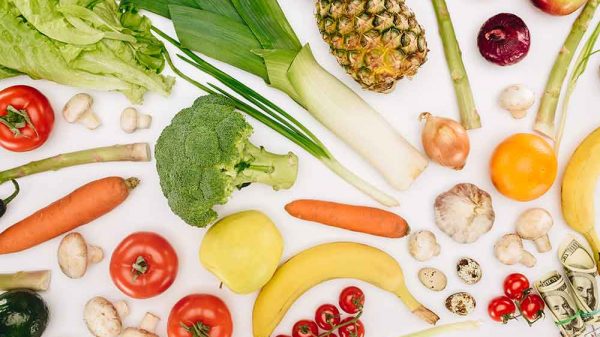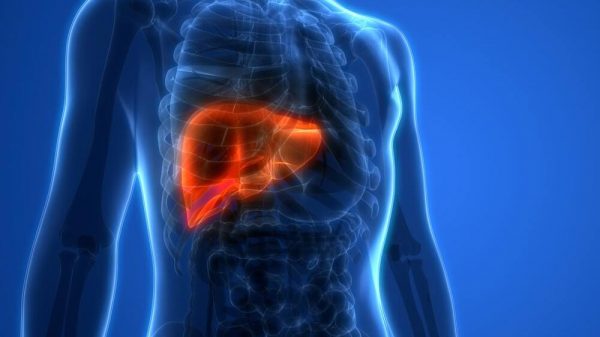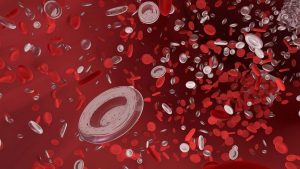NAFLD vs NASH: get to learn about the two different conditions throughout this article. First, NAFLD or nonalcoholic fatty liver disease. NAFLD is quite a common condition when there is an accumulation of excess fat inside the liver organ of individuals that drink minimal to no alcohol. The most prevalent type of NAFLD is fatty liver, albeit it is not a serious condition. Fat buildup in a person’s liver may also be due to excessive alcohol intake, certain medicines, auto-immune liver disease, viral hepatitis, or inherited/metabolic liver disease.
What is NASH?
NASH, or non-alcoholic steatohepatitis, is a NAFLD form that is more advanced. If you acquired NASH, you will normally suffer primarily from inflammation as well as experience damage of the liver cells, and liver fatness. It is a category of NAFLD also caused by fat buildup in the liver but is prevalently caused by excessive drinking. Once it causes major inflammation and damage, this can lead to liver scarring. The liver’s principal task is filtering blood approaching from your digestive tract, just before transferring to other parts of the body. Your liver additionally detoxifies chemicals while metabolizing medication. Your liver is very important so better take good care of it! Keep reading to learn more about NAFLD and NASH.
NAFLD vs NASH: Understanding the Two Better
There are 2 kinds of NAFLD:
- Simple fatty liver: this is simply fat in the liver, but there isn’t necessarily a type of inflammation of liver cell damage. Simple fatty liver will not worsen or add more problems to the liver. The majority of individuals that have NAFLD usually also suffer from simple fatty liver.
- Non-alcoholic steatohepatitis: This is more severe than just simple fatty liver. NASH indicates inflammation in the liver already. The inflammation plus cell damage inside of the liver may cause severe health concerns like fibrosis or cirrhosis. These are forms of liver scarring or liver cancer. Around 20 percent of patients that suffer from NAFLD also come with NASH, and you’ve already learned that NASH falls under NAFLD.
NAFLD and NASH Treatments
Doctors normally highly recommend weight reduction to treat NAFLD as well as NASH. Weight loss may minimize fat inside of the liver, as well as scarring, inflammation, or fibrosis.
If you’re obese or overweight, losing more weight through better and more healthful food picks, as well as portion size limitations, increased physical activity may improve both NAFLD, NASH. Getting rid of at least 3 – 5 percent of body weight may lessen fats inside the liver. You might have to shed nearly 10 percent of the weight in order to decrease liver inflammation. Additionally, physicians recommend progressively burning 7 percent of ones body weight and even more for a one-year course. Note of caution: rapid weight loss by way of fasting or water fasting will make NAFLD worse.
Currently, no medications are yet approved for the treatment of NAFLD or NASH. Bur further studies in medicine are going on to improve this condition. A few studies have suggested that Actos, a medication for people with type 2 diabetes, can improve NASH for individuals that do not have diabetes. Researchers still seek more information to discover whether or not this medication is effective and safe for long-term use for those that do have NASH.
Another study conducted at a NASH National Clinical Research site discovered that medication with pioglitazone or vitamin E helps those with NASH. Around half were treated successfully. Doctors can suggest vitamin E for men and women that have NASH but do not have cirrhosis or diabetes. Speak with a doctor prior to taking them first as there are herbal remedies and other alternative practices in medicine that may hurt the liver.
Keeping a Healthy Liver
If you have fatty liver disease, it is always best to maintain its health at an optimum. Below are habits you must follow:
- Do not drink alcohol excessively, but it’s always best to completely avoid it.
- Ensure that the medicines you are taking like herbs or supplements aren’t toxic for your liver. In fact, a particular ingredient called acetaminophen (normally found in Tylenol) is harmful. Always read the labels of medicine you are going to buy.
- Get vaccinated for protection from liver viruses like hepatitis A or hepatitis B.
- Manage other health problems that may also impact your liver, then always check with your physician if you may possibly have some other underlying, treatable conditions contributive to one’s fatty liver.
- Get frequent screening examinations concerning liver cancer if you’re suffering from cirrhosis.
Your doctor might suggest restricting your consumption of fats in helping to prevent or remedy NAFLD/NASH. Fats are higher in unhealthy calories and augment your risk of growing to be obese. The four kinds of fats include:
- Saturated fats: these fats are normally inside poultry skin, meat, butter, shortening, lard, as well as all types of milk plus dairy products with the fat-free kinds as the exception.
- Trans fats: These are hydrogenated oil-filled foods, and commonly found chips, crackers, commercially baked goodies like cakes and cookies, as well as fries and donuts.
- Mono-unsaturated fats: These fats are in foods like peanuts, canola, and olive oil.
- Polyunsaturated fats – soybean, corn, various types of nuts, and safflower oil have polyunsaturated fat. Fish such as salmon and cod or nuts like walnuts are rich in omega-3 fatty acids, which are a type of healthy fat.
- Monounsaturated and polyunsaturated fats: Switching trans and saturated fats in the diet to monounsaturated and polyunsaturated fats, like salmon or tuna that have rich omega-3 fatty acids can reduce the risk of heart disease if you’re suffering from NAFLD.
Your physician may advise other dietary modifications to help address NAFLD and NASH:
- Consume more low-glycemic index food like whole grains, fruits, and veggies. These kinds of food impact blood glucose much less than food with high-glycemic indexes like potatoes, bread, or white rice.
- Avoid food and beverages that consist of large concentrations of simple sugar like fructose especially. Fructose is evident in soda, energy drinks, juices, and sweetened tea.
- Abstain from heavy alcohol usage, which can hurt your liver. For males, experts identify heavy alcohol consumption as greater than 4 beverages a day or greater than 14 beverages every week. For females, heavy alcohol consumption is greater than 3 beverages a day or greater than 7 drinks weekly.
NAFLD vs NASH, now you know the difference between the two conditions and may better choose a care treatment plan or lifestyle change.























